What is Gudi Padwa?
The spring festival of Gudi Padwa, also called Ugadi in some places, is observed by people in the Indian states of Maharashtra, Karnataka, and Telangana in addition to some other parts of the country. On the first day of the Chaitra month, which often falls in March or April, the Hindu lunisolar calendar observes it as the start of the traditional Hindu New Year.

The term “Gudi” describes a banner or flag that is flown in front of homes on this day as a triumph and celebration sign. Usually, a bright piece of cloth (yellow or green) is tied to a bamboo stick embellished with sugar crystals, flowers, and neem leaves. Then, homes’ entrances are marked with this.
Table of Contents
Celebrating Gudi Padwa

The holiday is observed with a number of customs and rituals, such as housecleaning and decorating, cooking special foods like puran poli and a sweet flatbread, attending cultural activities, and greeting and gift-giving to loved ones.
In addition to its cultural and traditional value, Gudi Padwa holds great agricultural significance since it heralds the arrival of spring and the start of the harvest season. It represents fresh starts, wealth, and the victory of right over wrong.
Gudi Padwa is observed for a number of historical and cultural reasons.

- New Year: The traditional Hindu New Year begins on Gudi Padwa. According to the Hindu lunisolar calendar, it occurs on the first day of the month of Chaitra. It represents the beginning of a brand-new year full of optimism, success, and joy.
- Harvest Festival: Gudi Padwa is a harvest festival of great importance. It signals the beginning of harvest season, especially for crops like wheat and sugarcane. During the celebration, farmers offer prayers for a plentiful season ahead and show their thankfulness for a successful harvest.
- Cultural Significance: Indian customs and culture are strongly ingrained in Gudi Padwa. It is observed with a variety of rites and traditions that have been inherited over the years. These customs involve doing puja (prayer) to ask for blessings for the upcoming year, cleaning and decorating homes, dressing in new attire, and cooking special foods.
- Historical and Mythological Events: Gudi Padwa honors a number of important historical occasions in Hindu mythology. One such occasion is the epic Ramayana, which tells the story of Lord Rama’s return to Ayodhya following his victory over the evil king Ravana. It is said that as a victory sign, flags (Gudi) were flown in Ayodhya to commemorate Rama’s return.
- Astrological Significance: As Gudi Padwa coincides with the start of the spring equinox, it also has astrological significance. This is a lucky time to launch new projects and endeavors because it is said that the positions of celestial bodies at this time have a positive impact on fresh starts.
All things considered, Gudi Padwa is a happy celebration that represents rebirth, wealth, and the victory of good over evil. Families and communities get together to celebrate the spirit of unity and hope for the upcoming year.
Traditional Maharashtrian Dishes for Gudi Padwa
Traditionally, a delectable buffet of traditional Maharashtrian cuisine and other festive goodies make up Gudi Padwa lunch. An example of a Gudi Padwa lunch menu is shown here:
1. Puran Poli: Puran Poli is a wheat flour-based sweet flatbread filled with cooked lentils (often chana dal), jaggery, and spices like nutmeg and cardamom. It’s a traditional Gudi Padwa treat.
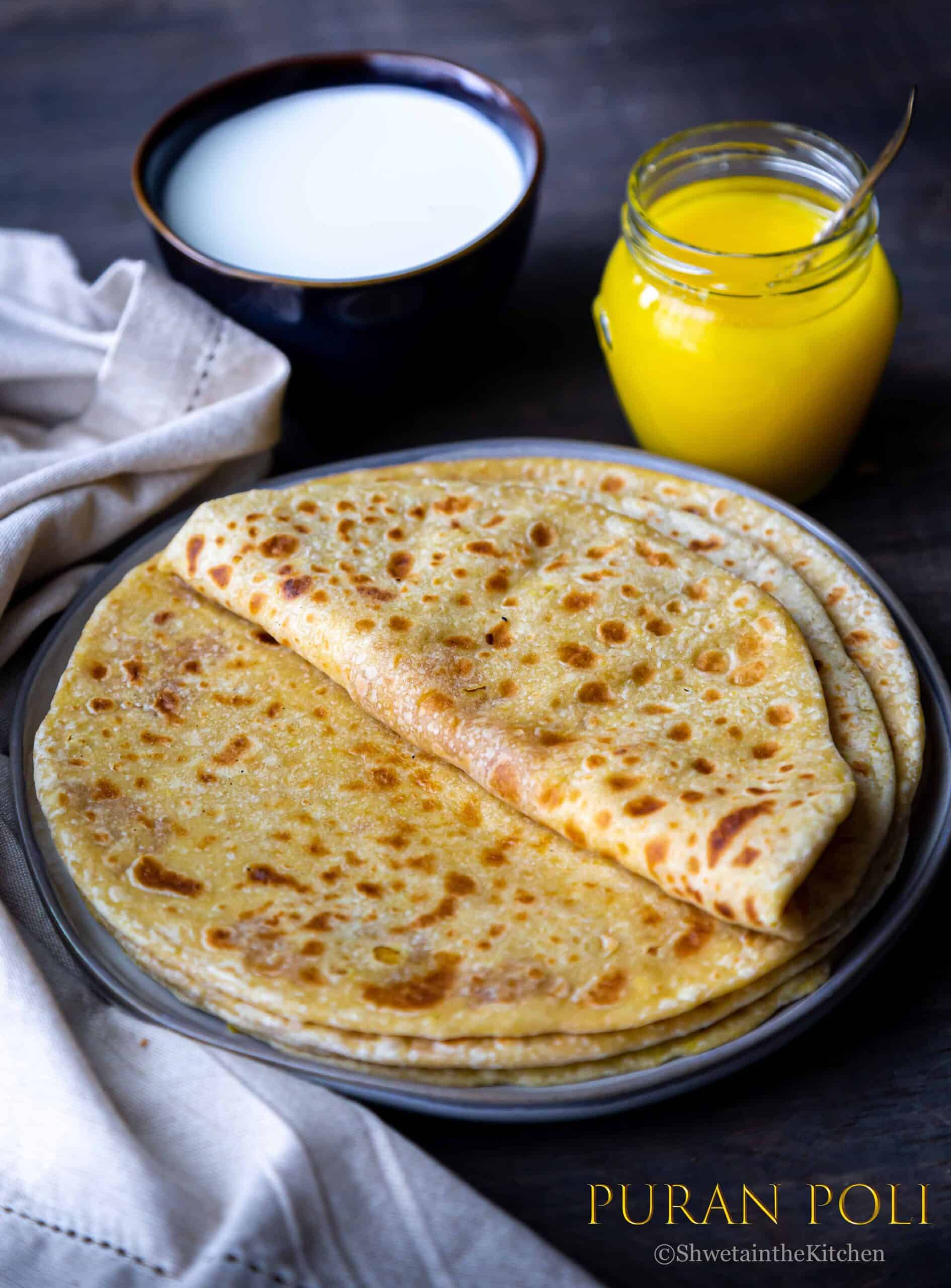
2. Aamras: Typically served cold, Aamras is a delicious puree of mango. Ripe mangoes are blended with sugar or jaggery and a dash of cardamom to make this delicacy.
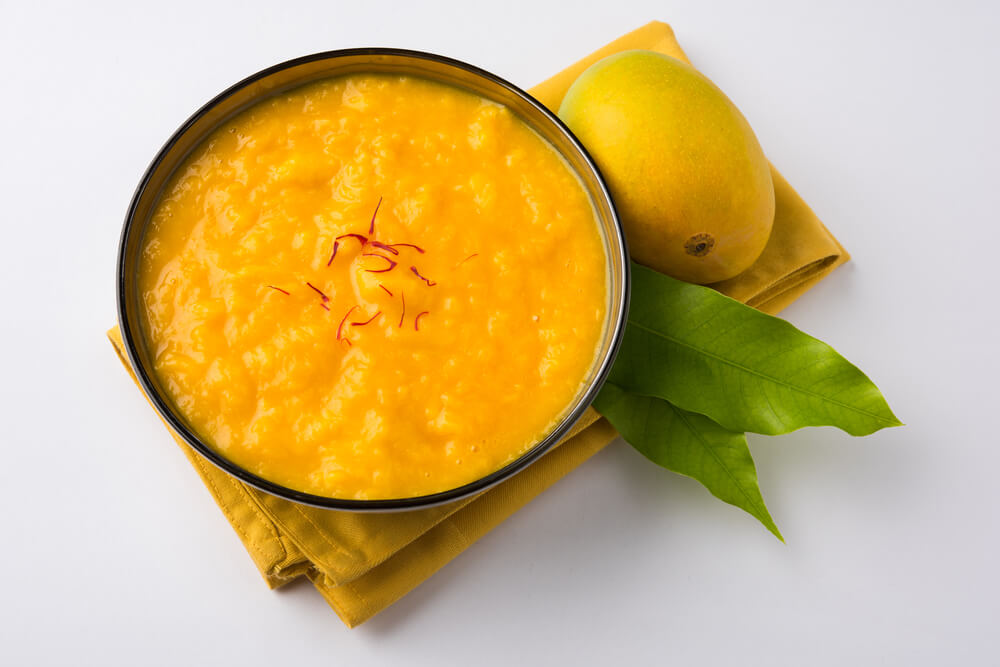
3. Kothimbir Vadi: A type of savory fritter, kothimbir is formed from finely chopped coriander leaves (besan), spices, and occasionally grated coconut. They are served as an appetizer or side dish after being steamed or fried till crispy.
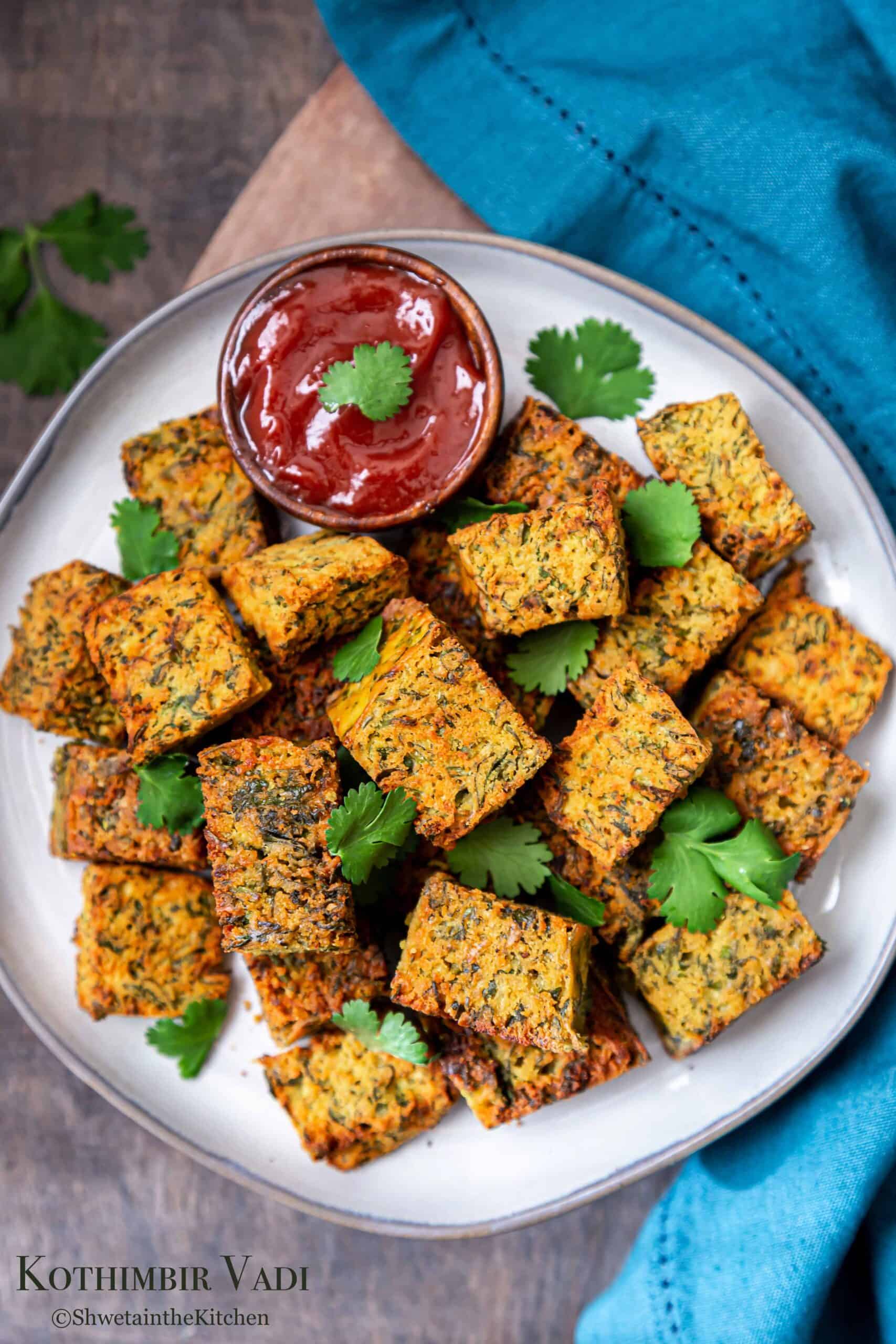
4. Batata Bhaji: A straightforward but delectable dish made of potatoes, turmeric, chili powder, and mustard seeds. It goes well with steaming rice or chapatis and is a typical side dish for puran poli.
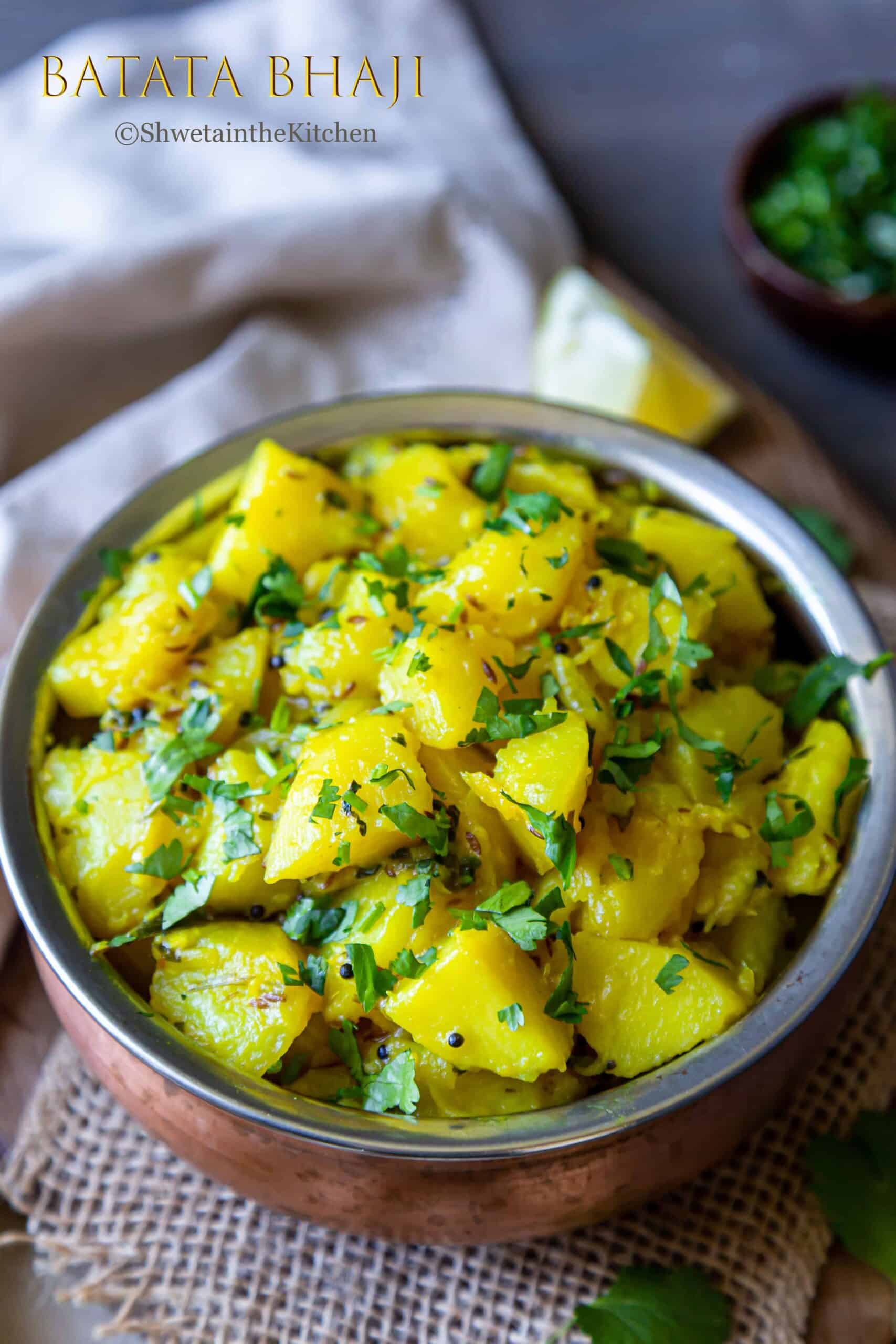
5. Shrikhand: Shrikhand is a creamy delicacy made with sugar, strained yogurt (hung curd), cardamom, saffron, and occasionally nuts like pistachios or almonds. It’s served cold and provides a cool finale to a meal.
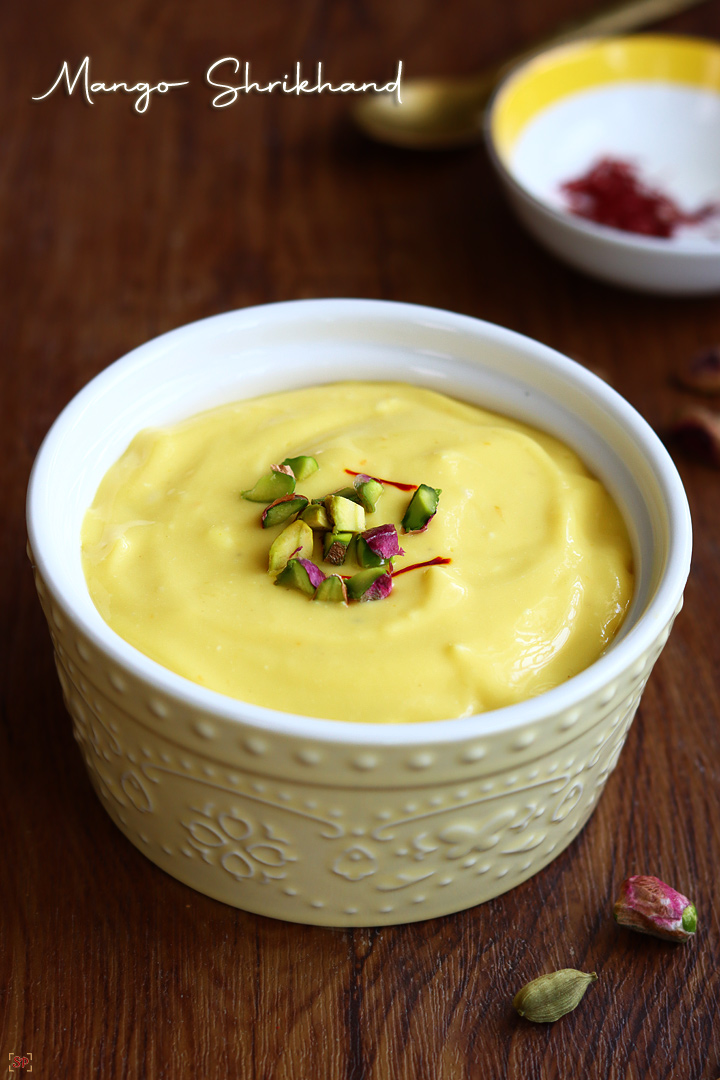
6. Papad: Served as a crunchy side dish to balance the flavors of the main course, crispy papads are thin, seasoned flatbreads prepared from rice or lentil flour.

7. Rice: A common side dish for many Maharashtrian cuisines is steamed white rice. It goes nicely with the dishes made with lentils and spicy curries.
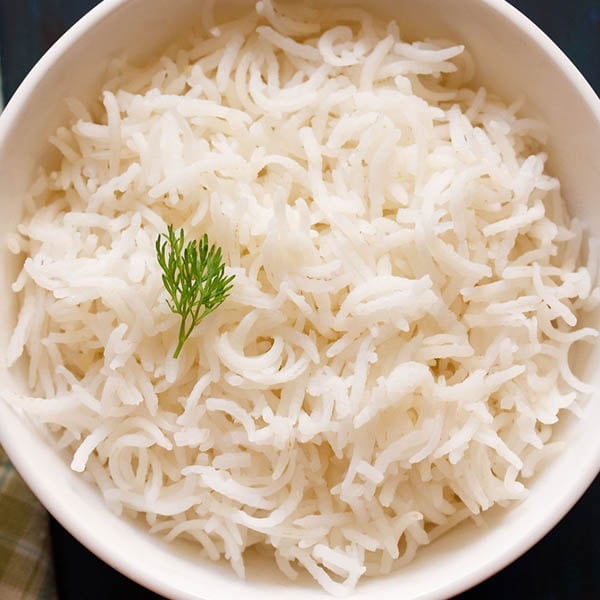
8. Aam Panna: Made with raw mangoes, sugar, and spices like black salt and roasted cumin, Aam Panna is a cool summertime beverage. It is said to have cooling qualities and is served cold.
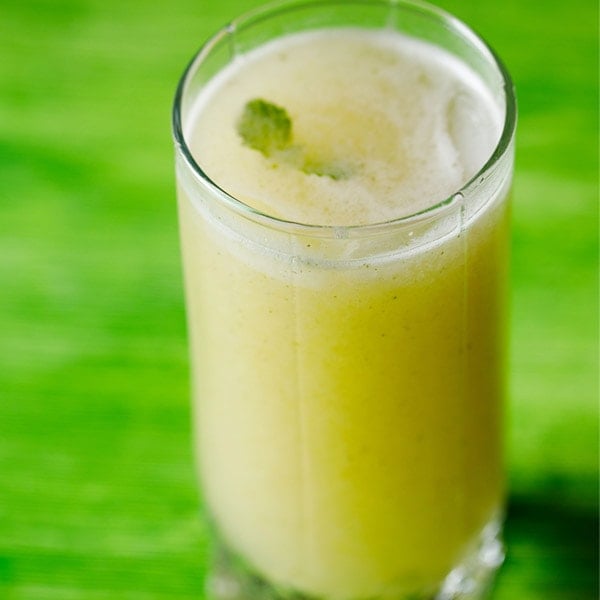
The actual meals served may differ based on regional tastes and family customs; this is merely an example menu. These, however, are a few typical and well-liked options for a Gudi Padwa lunch that capture the joyous atmosphere and gastronomic abundance of the event.
Ending on a Festive Note
To sum up, Gudi Padwa is a lively and culturally significant celebration that ushers in the traditional Hindu New Year and is mainly observed in the Indian states of Maharashtra, Karnataka, and Telangana. It is celebrated with tremendous fervor and delight, signifying prosperity, rebirth, and the victory of good over evil. Families join together to create delectable traditional dishes, clean and decorate their homes, and buy new outfits for Gudi Padwa. Along with other holiday pleasures, special meals like puran poli, aamras, kothimbir vadi, and shrikhand are relished.
Also Read: Follow These Vastu Tips During Chaitra Navratri to Solve All Your Problems Easily







